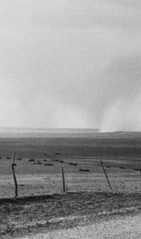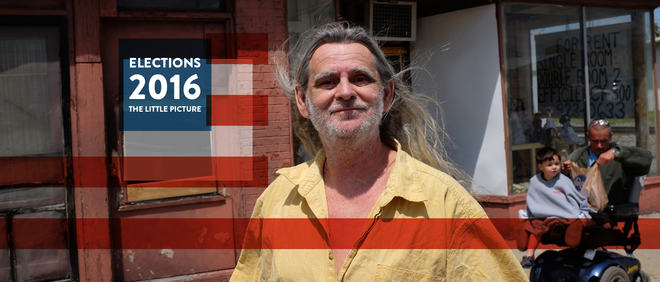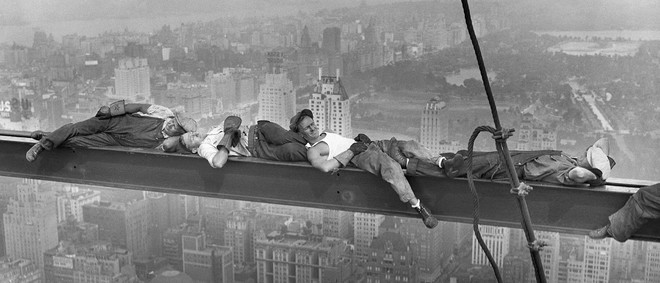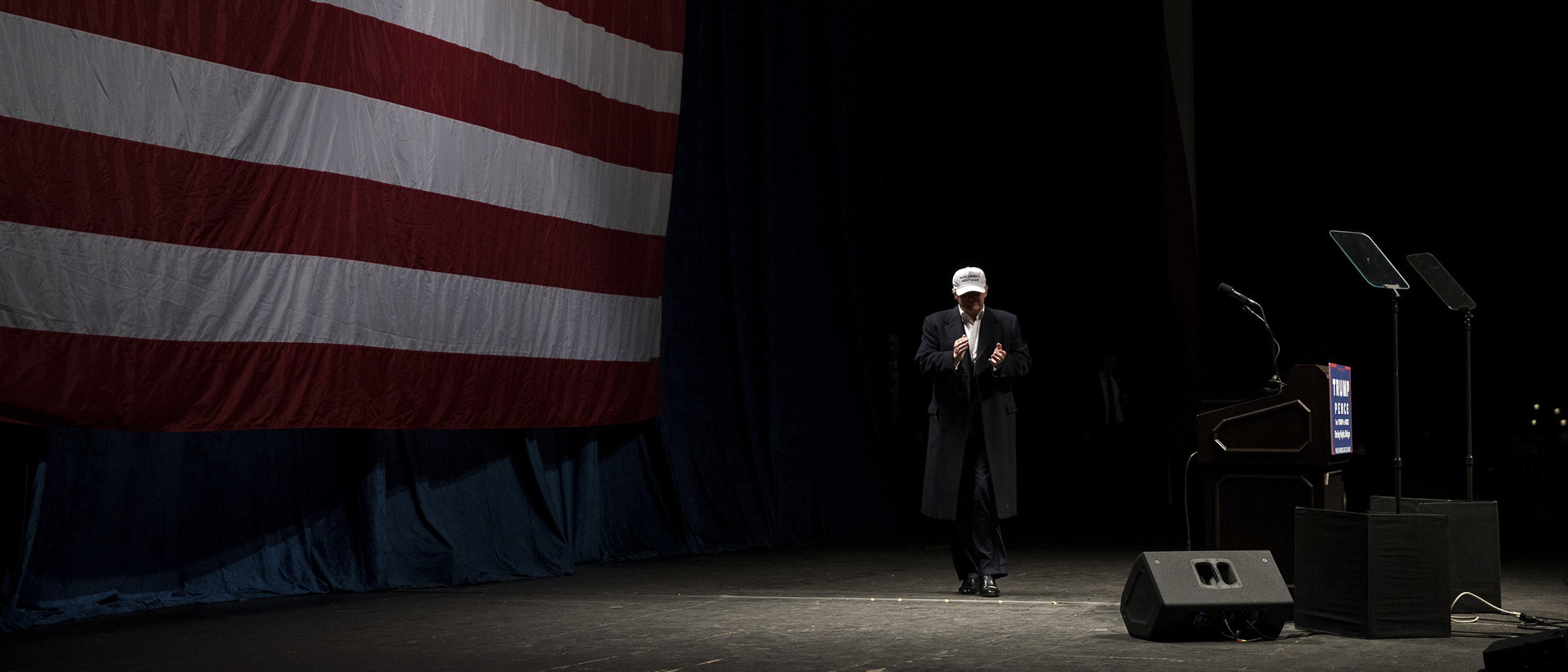The day before Election Day, I talked to David A. Hopkins, a political scientist at Boston College, about what the brutal 2016 election campaigns mean for the country. Hopkins is the co-author of the definitive textbook Presidential Elections: Strategies and Structures of American Politics. In September, he and Matt Grossman published Asymmetric Politics: Ideological Republicans and Group Interest Democrats, which turns out to be highly relevant for understanding the widening gulf between the worldviews of Trump supporters and Clinton fans. The two political parties they’re voting for are like night and day when it comes to views on democracy, truth, and the party’s role in the political process.
Hopkins shares what’s surprised him most this campaign season. He helps make sense of the divided America that’s come to light during this grim election year. And he lets us know what to look for once the first results start rolling in tonight.
Production by Romanee Rodriguez and Marc Chavannes. Editing by Romanee Rodriguez.

After the elections, I emailed him to get his first reaction to the new political status quo.
David Hopkins: “The votes are in and while the national polls predicting a narrow Clinton advantage in the overall popular vote were close to the mark, the polls in several swing states substantially understated Trump’s support.
“The result is one of the biggest shocks in American political history – a Trump victory that professionals in neither party expected. The election produced a significant increase in the Republican advantage among white voters without a four-year college education, shifting large regions of Florida, Pennsylvania, Ohio, Michigan, Wisconsin, and Iowa toward Trump even as Clinton maintained the Democratic Party’s existing strength in large cities and their surrounding suburbs. Republicans also maintained their majority in the Senate, losing two seats to the Democrats but retaining a 52-48 seat advantage that will result in unified Republican control of the federal government.
“If the election themselves defied assumptions, the nature of the presidency to come is even more difficult for experts to predict with confidence. Republican members of Congress and party-aligned interest groups are already mobilizing to advance a traditional conservative agenda – including large-scale tax cuts, business and environmental deregulation, and reversal of Obama’s health care access expansion – while suggesting that Trump’s plans for increased spending on domestic infrastructure are less of a priority.
“Washington is awaiting any scrap of evidence to indicate whether Trump will govern as a conventional Republican in concert with the rest of the party leadership, or whether the Trump administration will instead be organized around his personal brand of politics.”
More on the U.S. and elections?

 Our fate was sealed long before November 8 (and not because the election’s rigged)
I do not know what kind of America I will wake up to November 9. But I know that the future of America does not hinge on Election Day. What happens to the U.S. will be the cumulative effect of a Trump campaign that has mainstreamed bigotry and is now mainstreaming – or at least severely playing down – white supremacist violence.
Our fate was sealed long before November 8 (and not because the election’s rigged)
I do not know what kind of America I will wake up to November 9. But I know that the future of America does not hinge on Election Day. What happens to the U.S. will be the cumulative effect of a Trump campaign that has mainstreamed bigotry and is now mainstreaming – or at least severely playing down – white supremacist violence.

 A perfect storm is brewing in this country. Join me for a trip down the Missouri
After two years as your Little America Correspondent, I’m taking a farewell canoe trip down the legendary Missouri River. Join me on the trail of Lewis and Clark, as I search for the source of the American dream, churning anew in the runup to this election.
A perfect storm is brewing in this country. Join me for a trip down the Missouri
After two years as your Little America Correspondent, I’m taking a farewell canoe trip down the legendary Missouri River. Join me on the trail of Lewis and Clark, as I search for the source of the American dream, churning anew in the runup to this election.

 How I tried to cover 605 elections in one day
This election year, instead of following the Big Race, I’ve been talking to everyday Americans campaigning to improve their cities and streets. In April, I set out to cover 605 local races and proposition votes in one day – which turned out to be a big race in itself.
How I tried to cover 605 elections in one day
This election year, instead of following the Big Race, I’ve been talking to everyday Americans campaigning to improve their cities and streets. In April, I set out to cover 605 local races and proposition votes in one day – which turned out to be a big race in itself.

 This town is pinning its hopes on a man who’ll Make Coal Great Again
This election year, I’m speaking with ordinary Americans campaigning to improve their streets and towns. Today: Miners looking to make coal great again.
This town is pinning its hopes on a man who’ll Make Coal Great Again
This election year, I’m speaking with ordinary Americans campaigning to improve their streets and towns. Today: Miners looking to make coal great again.

 How nostalgia blinds Trump to the reality of working class America
The American middle class has been shrinking for decades. It’s one reason for the success of Donald Trump’s presidential campaign, in which he claims to represent American workers. But the irony is that Trump has no idea who today’s workers are or what kind of work they do.
How nostalgia blinds Trump to the reality of working class America
The American middle class has been shrinking for decades. It’s one reason for the success of Donald Trump’s presidential campaign, in which he claims to represent American workers. But the irony is that Trump has no idea who today’s workers are or what kind of work they do.




